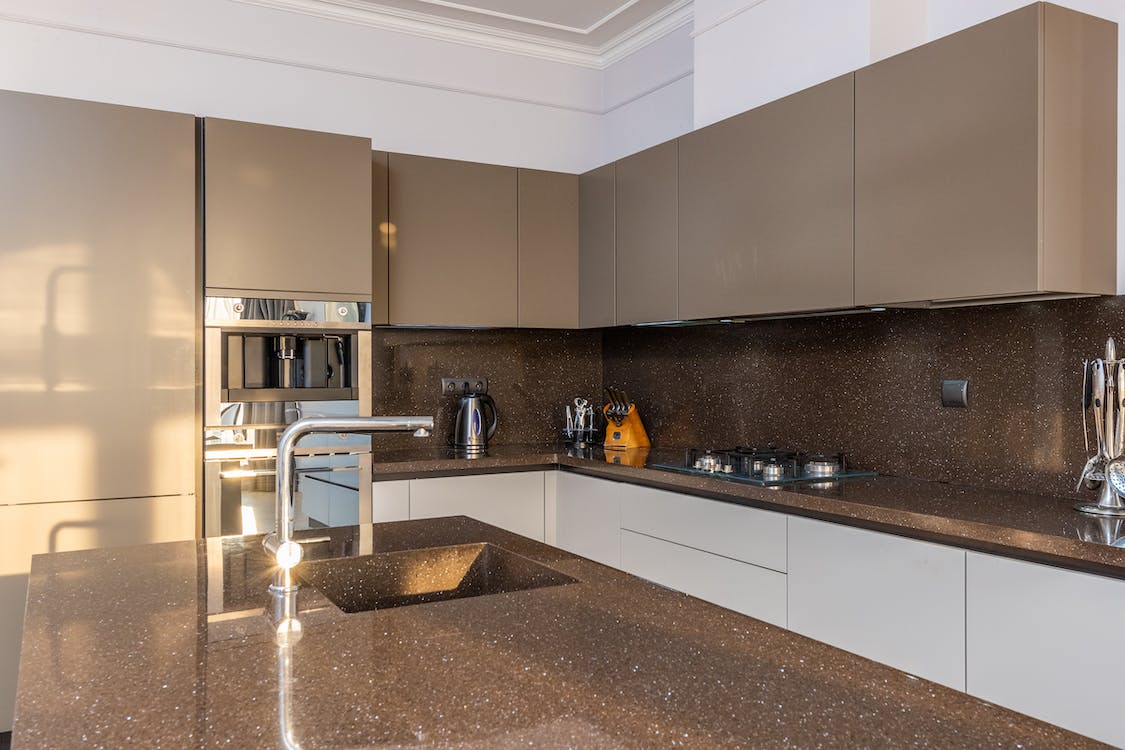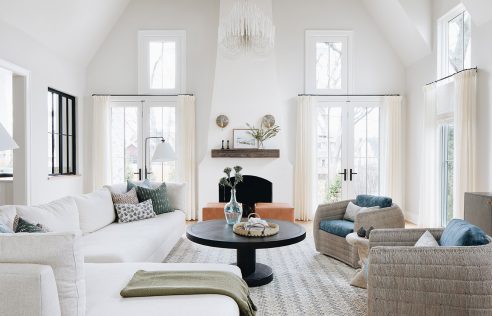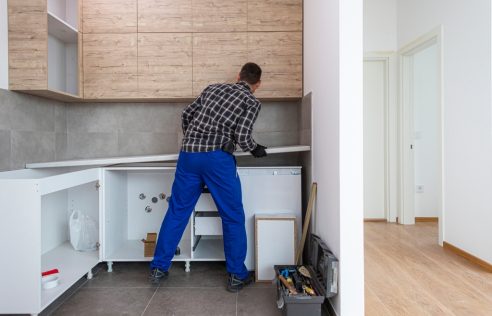How to Choose Your Kitchen Worktop
Contents
– Materials for your worktop
– The dimensions of your worktop
You will spend most of your time near the worktop: so don’t make a mistake!
There are different possibilities for a kitchen adapted to your desires. Each worktop has distinct advantages and constraints that correspond to your use. Before choosing your worktop, you should consider several things: material, thickness, resistance…
Your choice must meet three criteria: functionality (durability, scratch resistance, heat resistance, etc.), appearance, and thickness. In this article, you’ll find all the advice to make your choice.
Materials for your worktop
The most important point when it comes to the worktop is its material. This will determine its ease of maintenance and level of resistance to shocks and dirt. Of course, the material also contributes to the style of your kitchen.
Evaluate the advantages and disadvantages of the different materials or, better yet, combine 2 materials!
Comparison of materials used for kitchen worktops
|
Benefits |
Disadvantages |
Advice |
|
|---|---|---|---|
|
Wood |
|
|
|
|
Concrete |
|
|
Choose a good pro: concrete is a complicated material to work with |
|
Pierre |
|
|
The main materials: marble, granite, limestone, schist. |
|
Glass |
|
|
Ideal for brightening a room |
|
Tile |
|
|
|
|
Metal |
|
|
Different types of metal, for different prices: stainless steel, zinc. |
|
Melamine |
|
|
— |
|
Corian® Composites |
|
|
— |
|
Porcelain stoneware |
|
|
Porcelain stoneware is a fired mixture of clay and silica. It is tinted by covering it with a layer of enamel. |
|
Terrazzo |
|
— |
Terrazzo is a tinted cement tile with marble aggregates in it. It is tinted in the mass. |
The dimensions of your worktop

The second essential criterion for choosing your worktop is its size. They depend on the configuration of your kitchen, its shape, but also the available surface.
Width of your worktop
Generally, a worktop is 60 to 65 cm wide, guaranteeing good ergonomics. It would help if you determined the width according to the furniture and technical constraints.
A worktop with a depth of 65 cm provides a 5 cm crawl space behind the cabinets to pass water and electricity supplies.
The thickness of your worktop
A worktop has four different thicknesses: 16 mm, 28 mm, 38 mm, and 58 mm. There are also more and more models of 20 mm thickness, which are more modern. This is known as a “slimline“.
Length of your worktop
The standard length of a worktop is between 1.80 and 3 m, although it is possible to find more extended models.
So much for our advice in this article on how to choose your kitchen countertop. Hopefully, you will find this post helpful, and don’t forget to leave us your comments below.


